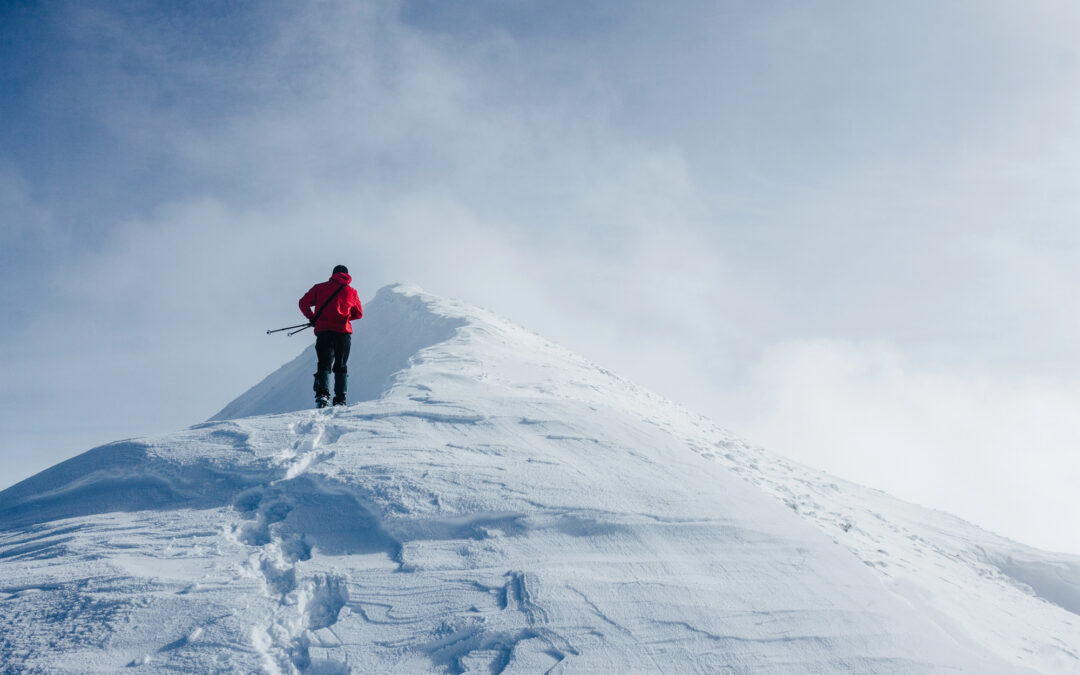What Is It? What Equipment Is Used? What Is Involved in the Competition?
Though it’s being introduced as a “new sport” at the 2026 Winter Olympics in Milan, Italy, ski mountaineering has its roots in events that first appeared in the games a hundred years ago. Ski mountaineering evolved from “military patrol,” a team winter sport that combines cross-country skiing and riflery, often considered to be the inspiration for the modern biathlon. Military patrol was an official event at the 1924 Winter Olympics in Chamonix, France, and also appeared in the 1928, 1936 and 1948 games.
What Is Ski Mountaineering?
Also commonly referred to as “skimo,” ski mountaineering involves mountain climbing on snow-covered terrain, where competitors take skis up the mountain with them and then ski back down. Competitors may ski up the mountain or carry the skis, depending on how steep the climb is.
What Equipment Is Typically Used in Ski Mountaineering?
Participants typically use two different kinds of skis in ski mountaineering; telemark skis and Alpine skis. The telemark skis are not attached at the heel, which can allow the skier to lunge and push off with the ball of the foot. Alpine skis are typically attached at the heel. Competitors typically prefer wider skis, usually between 85 mm and 95 mm, as they provide more stability in wider snow conditions and on steep descents. Competitors typically wear “ski skins” on the bottom of their skis, which grip the snow as they climb, but can be removed for skiing downhill. Some competitors also carry a rope, an ice axe, and even crampons (spikes that attach to the ski boot) to assist with climbing.
How Is Ski Mountaineering Scored?
In most competitive ski mountaineering events, the participants all leave the starting line at the same time, though some events have time trials. The contestants must typically ascend about 2,000 meters in elevation, passing through a number of checkpoints, verifying that they are following the correct path, but also maximizing the safety of participants. With the mass start, the first person to cross the finish line after checking in at all checkpoints is the winner. Most ski mountaineering uses what is known as the “LeMans-style start,” where all participants must put their skis behind the starting line, then line up at least 50 feet behind their skis. When the race officially starts, the participants jog/run up to their skis, clip into their bindings and take off.

